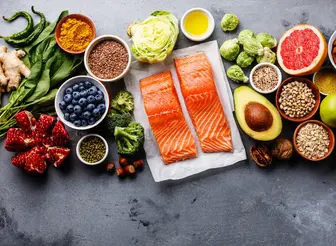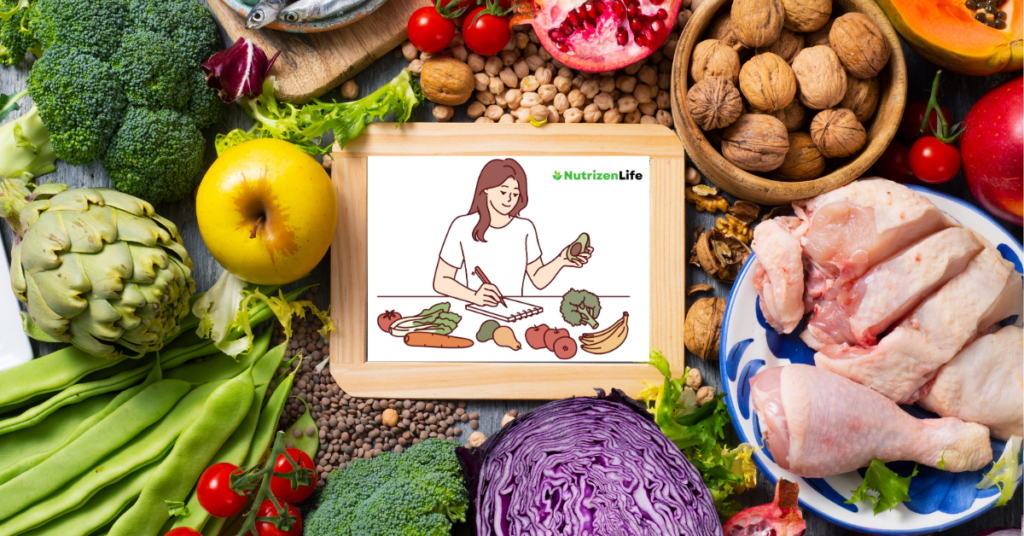Many of us love to decorate our food. Adding colour to food is a very common process in our cooking and baking. However, artificial colours are very harmful to our health. Therefore, awareness about the health risks of artificial colours is increasing day by day. Instead of artificial colours to add colour to food, many people are now using natural food colouring powder. It is completely safe and healthy. Which is made from various natural ingredients.
These colours derived from natural ingredients are not only safe. In many cases, they are also quite rich in nutrients. We will now discuss Amazing 10 natural food colouring powders in detail.
10 Best Natural Food Colouring Powders
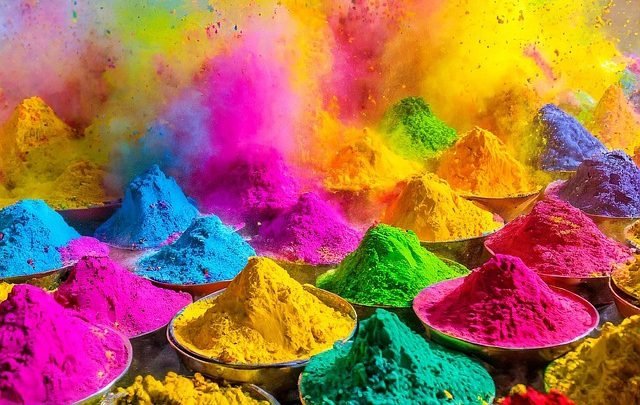
Below is a discussion of the best 10 natural food colouring powders.
Purple Sweet Potato Powder
Purple Sweet Potato Powder is made from dried purple sweet potatoes. It is a great natural food colouring powders. It is easily available and healthy. It is rich in anthocyanins, which naturally produce purple colour. You can use it in desserts and drinks due to its sweet taste.
What Colours Can You Create?
- Light Pink
- Light Lavender
- Violet
Best Types of Foods to Use
- Smoothies
- Ice Cream
- Baked Items
- Frostings and Creams
- Pasta
- Bread Dough
Turmeric Powder
Turmeric powder is an extremely beneficial natural ingredient. Its use is very old. Turmeric is an effective and safe natural food colouring powder instead of artificial colours. Turmeric can be used to give a golden hue to any curry, yellow cake, cookie, or ice cream.
What Colours Can You Create?
- Lemon yellow
- Dark golden yellow
- Orange
- Dark orange-brown
Best Types of Foods to Use
- Curries & Stews
- Smoothies & Juices
- Ice Cream
- Baked Goods
- Frostings & Creams
- Sauces & Dips
- Pasta & Noodles
Spirulina Powder
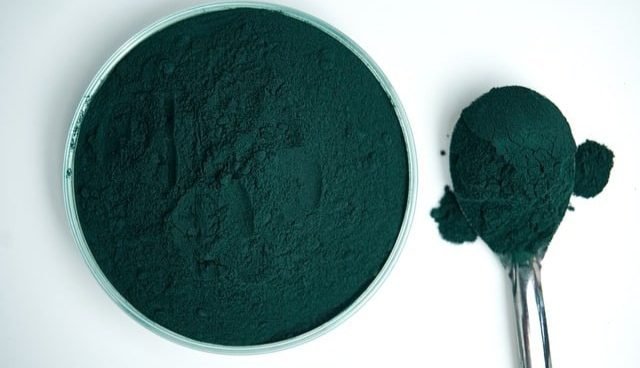
Spirulina powder is a natural food colouring powders. It is made from blue-green algae. It is rich in protein, vitamins, and minerals, making it a great natural food colouring option. Spirulina powder not only adds attractive green and blue shades to your food but also increases the nutritional value of your products.
What Colours Can You Create?
- Light Green
- Blue
- Dark Saturated Blue
Best Types of Foods to Use
- Bubble Tea
- Cupcakes
- Cookies
- Frosting
- Smoothies
- Ice Cream
- Pasta, Sauces
Beetroot Powder
Beetroot powder can be made into a powder. It adds a nice red colour to any dish or meal. Adding beetroot powder to any baked goods, drinks, or desserts can add a great colour. However, keep in mind that too much beetroot powder can give the food an earthy flavour.
What Colours Can You Create?
- Light pink
- red
- dark red
- and dark purple red.
Best Types of Foods to Use
- Smoothies
- Ice Cream
- Baked Goods
- Frostings & Creams
- Sauces & Dips
- Pasta & Noodles
Matcha Powder

Matcha powder is a natural green colour to food. It is also a natural food colouring powders. Especially baked goods, adding a spoonful or two of matcha powder gives a beautiful green shade without any artificial colours. Not only is it colourful, but it also pairs well with sweet desserts.
You can easily add a pinch of matcha powder to smoothies, lattes, or cocktails to give your drinks a beautiful green colour.
What Colours Can You Create?
- Light Mint Green
- Medium Green
- Dark Bright Green
Best Types of Foods to Use:
- Lattes and Hot Drinks
- Smoothies and Juices
- Ice Cream
- Baked Goods
- Frostings and Creams
- Sauces and Dips
- Pasta and Noodles
Annatto Powder
Annatto powder is made from the seeds of the achiote tree, a plant native to the tropics of America. The seeds are ground into a powder and used as a natural food dye. It can add a beautiful golden yellow to dark orange colour to foods.
What Colours Can You Create?
- Bright Yellow
- Golden Orange
- Reddish Orange
Best Types of Foods to Use:
- Cheese
- Soups
- Sauces & Dips
- Beverages
- Baked Goods
Pitaya Powder
Pitaya powder is made from bright pink or red dragon fruit. It is freeze-dried to retain its natural colour and nutrients. It is quite popular for its deep pink colour in foods. And natural food colouring powders. This colour is perfect for use in desserts and drinks.
What Colours Can You Create?
- Bright Pink
- Dark Magenta
Best Types of Foods to Use:
- Smoothies
- Ice Cream
- Baked Goods
- Frostings and Creams
- Pasta
- Bread Dough
- Candy
Charcoal Powder
Charcoal powder is a natural black food colouring. It is made by burning coconut shells or wood. It adds a deep black colour to food. And since it has a neutral taste, you can easily use it in a variety of recipes.
What Colours Can You Create?
- Light Grey
- Dark Charcoal Grey
- Deep Black
Best Types of Foods to Use
- Smoothies
- Ice Cream
- Baked Goods
- Frostings and Creams
- Pasta
- Bread Dough
- Cocktails
Butterfly Pea Flower
Butterfly pea powder is a natural blue food colouring made from the butterfly pea flower. It has a unique property, as it changes from blue to purple when exposed to acid.
What Colours Can You Create?
- Cobalt Blue
- Bright Purple
Best Types of Foods to Use
- Cocktails & Mocktails
- Drinks
- Smoothies
- Ice Cream
- Baked Goods
- Frostings & Creams
Saffron powder
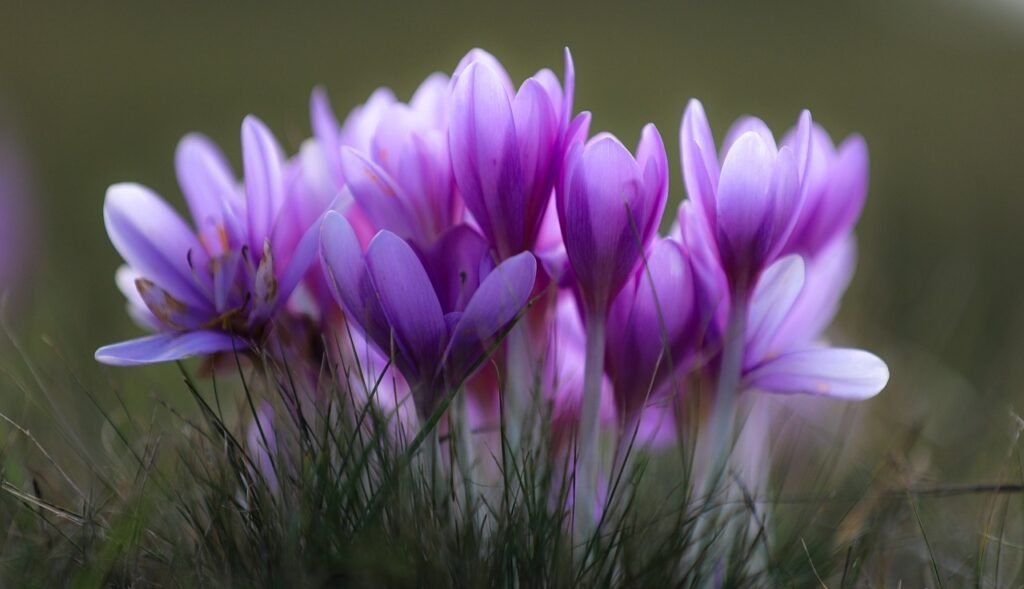
Saffron powder is a luxurious and natural food colouring. It is made by drying and grinding the stigmas of the saffron flower. It is a wonderful natural food colouring powder. It adds a rich golden-yellow or orange colour to food. And at the same time, it brings a light floral aroma. It enhances the taste and aroma of food manifolds.
What Colours Can You Create?
- Light gold
- Bright yellow
- Dark amber
Best Types of Foods to Use:
- Biryani and rice dishes
- Tea and milk
- Desserts (such as phirni, cakes, puddings)
- Sauces and soups
- Baked goods
How to make natural food colouring?
Natural food colouring is very easy to make. And a healthy alternative to the artificial colours in the market. The best part is that it does not contain any harmful chemicals. These colours are great for frosting and glazing. But they are not very effective for baking. Because the colour can lighten in the heat of the oven. Let’s find out how to make natural food colouring powder or natural food colouring.
Red
Mix 2 teaspoons of strawberry powder and 2 tablespoons of water to make a paste.
Or blend freeze-dried strawberries to make a powder. That’s it, red natural food coloring powder.
Pink
To make pink natural food colouring powder, boil 2 cups (240 grams) of raspberries and 1/4 cup (57 grams) of water.
After 5 minutes, strain and separate the liquid. And reduce it to 1/4 cup.
Purple
Boil 2 cups (290 grams) of blueberries and 1/4 cup (57 grams) of water.
When the blueberries are soft, strain them. And reduce the liquid to 1/4 cup. Make Purple natural food colouring powder.
Blue
Boil 2 cups (190 grams) of chopped purple cabbage and 1.5 cups (341 grams) of water. Cover and strain for 15 minutes. Boil 1/4 cup (50 grams) of sugar and reduce by half. Add 1/4 teaspoon of baking soda to turn the colour blue. Blue natural food colouring powder is ready.
Yellow
Take 1/4 cup (57 grams) of water and 1/2 teaspoon of turmeric powder. Then boil it and make a thick yellow natural food colouring powder.
Green
1 teaspoon of matcha powder. And 2 tablespoons of water can be mixed to make a green colour.
Tips for natural food colouring

Let’s know some tips for natural food colouring—
Select Natural Colour Sources
The source of natural food colouring is in your kitchen. Don’t believe it? Below are some popular sources of natural food colouring powders, from which you can easily make natural colours for food.
- Pink: Strawberry, Raspberry
- Red: Beetroot, Tomato
- Orange: Carrot, Paprika, Sweet Potato
- Yellow: Saffron, Turmeric
- Green: Matcha, Spinach
- Blue: Red Cabbage + Baking Soda
- Purple: Blueberry, Purple Sweet Potato
- Brown: Coffee, Tea, Cocoa
- Black: Activated Charcoal, Squid Ink
Keep Flavour in Mind
The biggest feature of natural food colours is that they have a taste, which is not the case with artificial colours. This is because these colours are made from fruit, vegetable, or other food extracts. So the more colour you use, the more flavour that ingredient will have in the food. This is not a problem with fruits, matcha, coffee, or cocoa, but if you use ingredients like squid ink or spinach, it can be difficult to adjust the taste.
Set Realistic Expectations
natural food colouring powdersr is not usually as intense as artificial colours. So we should keep our expectations realistic. For example, a red colour may not be a completely pure red, but it will have a distinct and soft shade. To get the most vibrant colour, you can use the colour extract as concentrated as possible.
Watch How Heat Affects Colour
Natural colours generally work best when cold. Especially in icing, frosting, or glazes. However, they change at high temperatures. Sometimes the colour can turn muddy or brown. Therefore, after making the colour, you should avoid adding it to food until it has completely cooled.
Mix with Frosting Before Decorating
Gradually mix your prepared natural food colouring powdersinto your frosting or icing until you get the desired shade. Powder colouring can be used more than liquid colouring. This is because it does not alter the texture of the food.
Difference Between Liquid & Powder Colour
Natural food colouring is generally available in two forms—powder and liquid extract.
Natural food colouring powder
These dissolve easily. And are naturally thick. You can buy dried fruit and vegetable powders from the market. Or you can make your own by blending freeze-dried fruits and vegetables into powder. Cocoa, coffee, tea, and spices are naturally available in powder form. Which natural food colouring powders can be added directly to food. However, in some cases, the powder may not mix properly. So, you can mix it with a small amount of liquid (milk or water) first.
Natural food colouring Liquids
This can be pure juice, a strained puree, or an extract mixed with water. To make blueberry colour, boil, blend, and strain the blueberries into a puree. Some ingredients, such as saffron, can be soaked in warm water to extract the colour.
It is important to thicken any liquid extract before using it. This reduces the amount of water and gives a concentrated colour.
We can easily make natural food colouring powders from ingredients we have at home—beets, turmeric, matcha, blueberries, cocoa, coffee, spinach, saffron, carrots, and red cabbage. We can cure various diseases with natural remedies. Such as gastric, fever, cold.
These colours not only enhance the beauty of food. Rather, they provide natural antioxidants, vitamins, and minerals. They are beneficial for the body. So, you can use natural food colouring powder instead of artificial colours in cakes, cookies, smoothies, or any delicious food.
FAQ
What is the best natural food colouring?
Beet powder, turmeric, matcha, and butterfly pea powder are great natural options.
How can I colour my food naturally?
You can colour your food naturally by using fruit, vegetable powders, or extracts like beet juice, turmeric, and spinach.
What is the natural blue food powder?
Butterfly pea powder and spirulina provide a natural blue colour.
What is the alternative for food colour?
The alternatives for food colours are Natural ingredients like beet juice, turmeric, matcha, and saffron.
How to colour food red naturally?
Beet juice or powder, pomegranate juice, and hibiscus work well to colour food naturally.
What is a natural red dye?
Beetroot, hibiscus, and red cabbage are great natural red dyes.
How do you make blue paint naturally?
Use butterfly pea flowers, blue spirulina, or red cabbage with baking soda.
What is the best natural green dye?
The best natural green dyes are Matcha, spinach powder, and chlorophyll extract.

